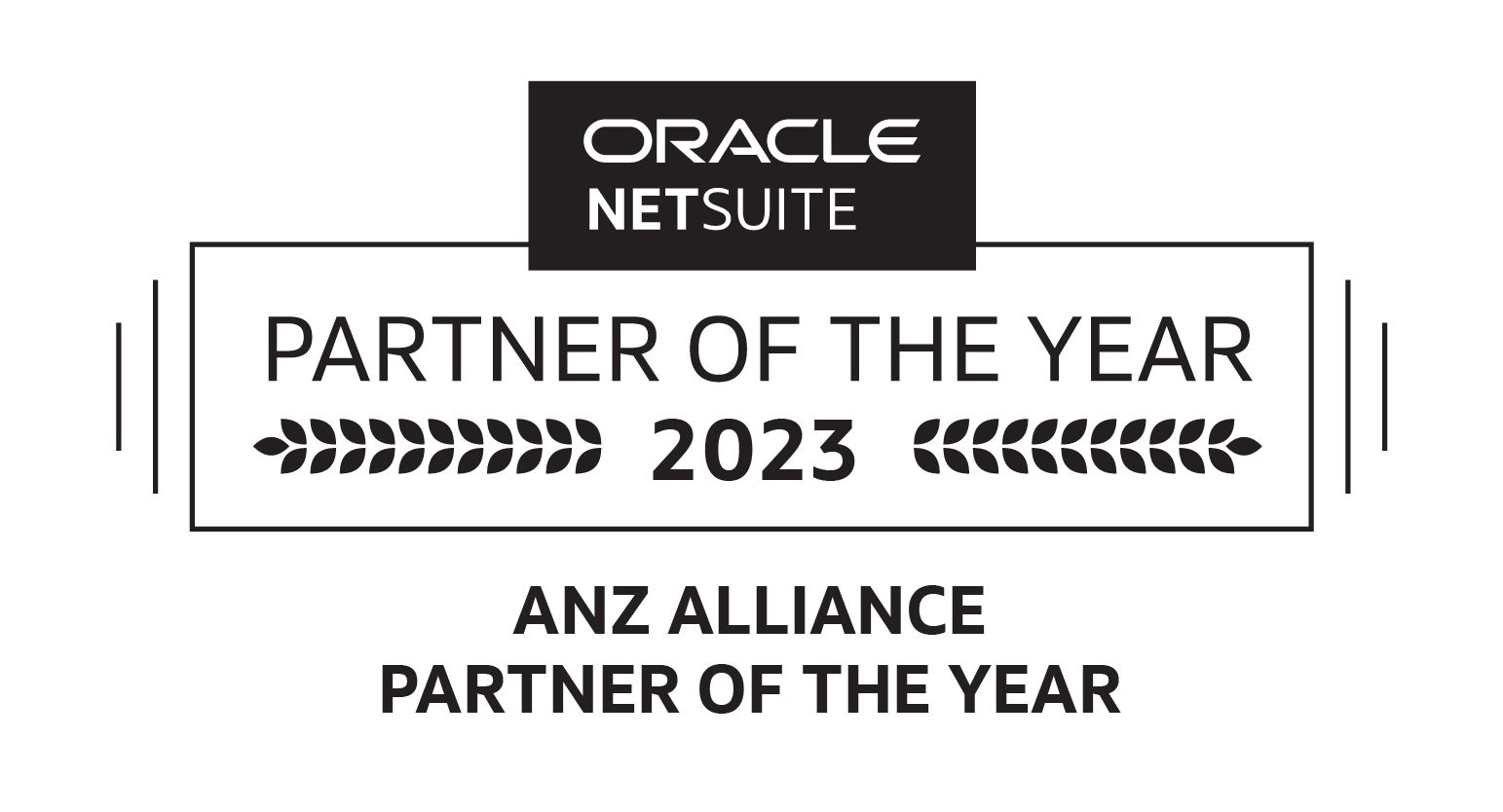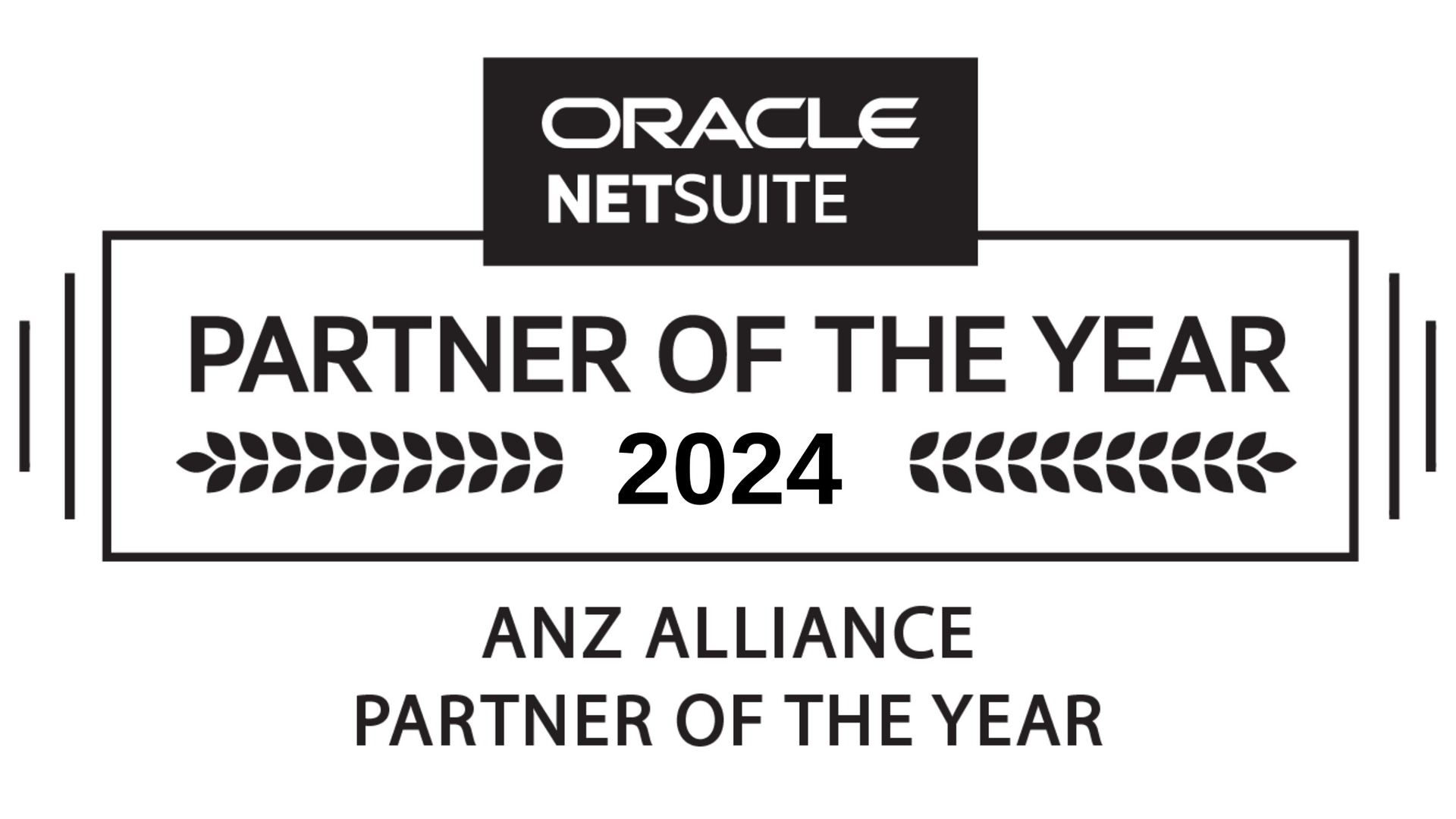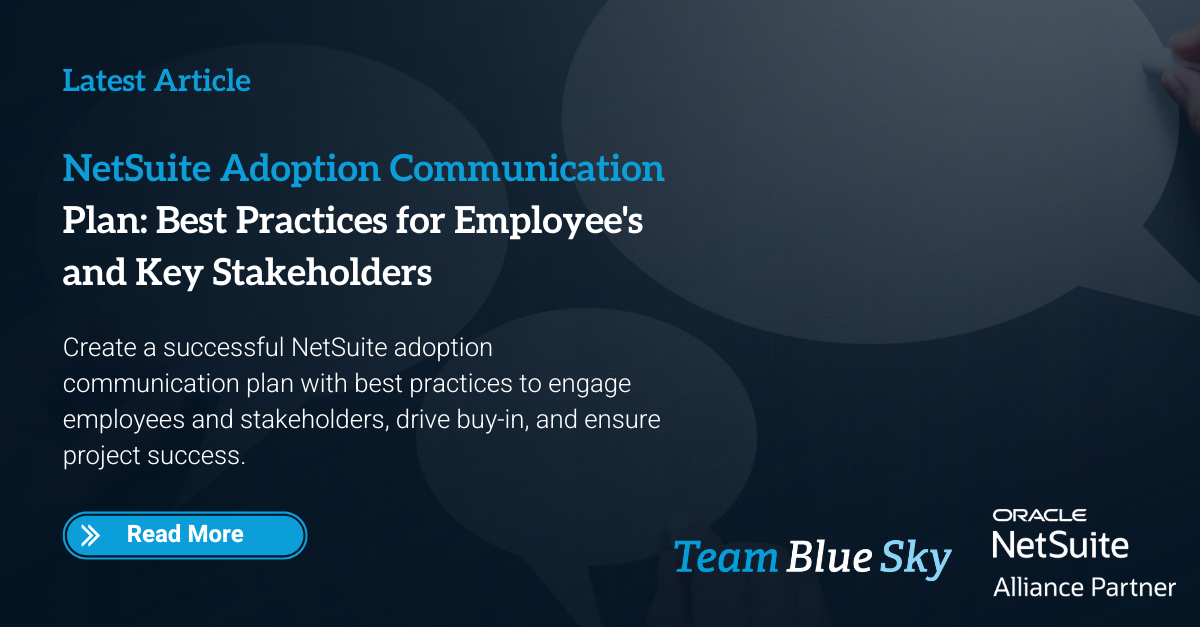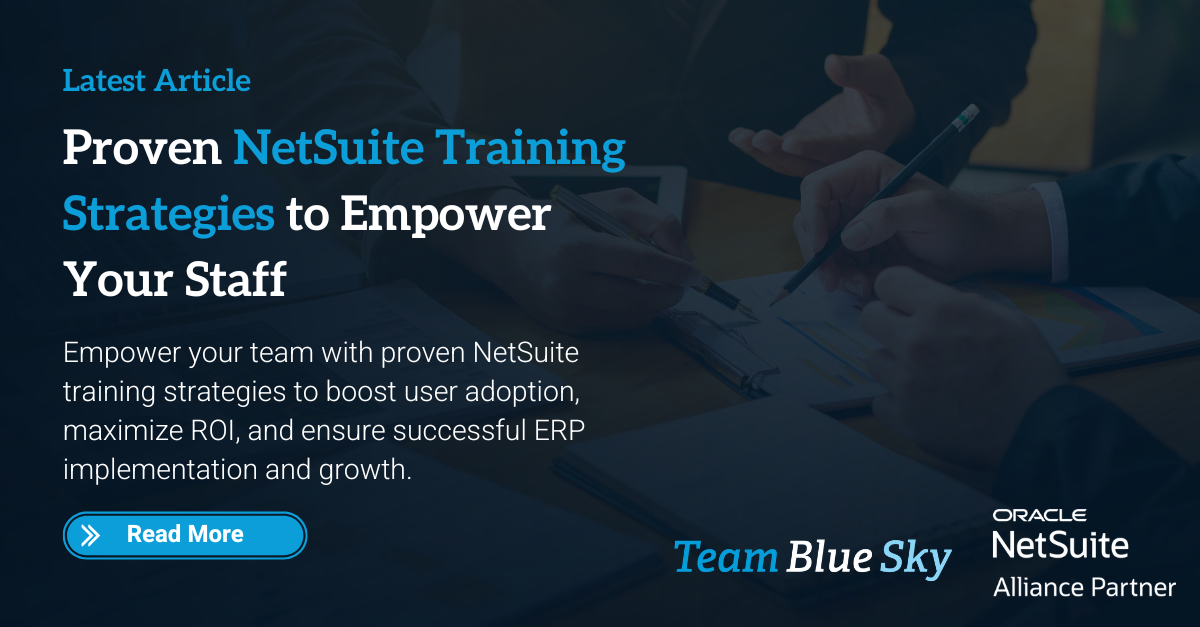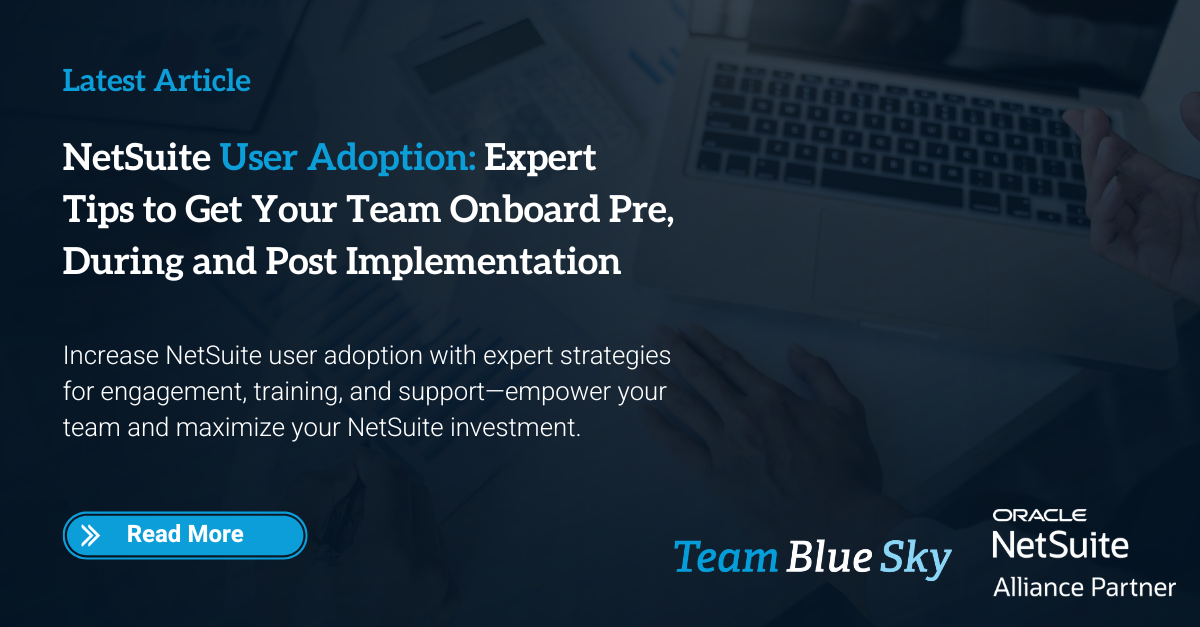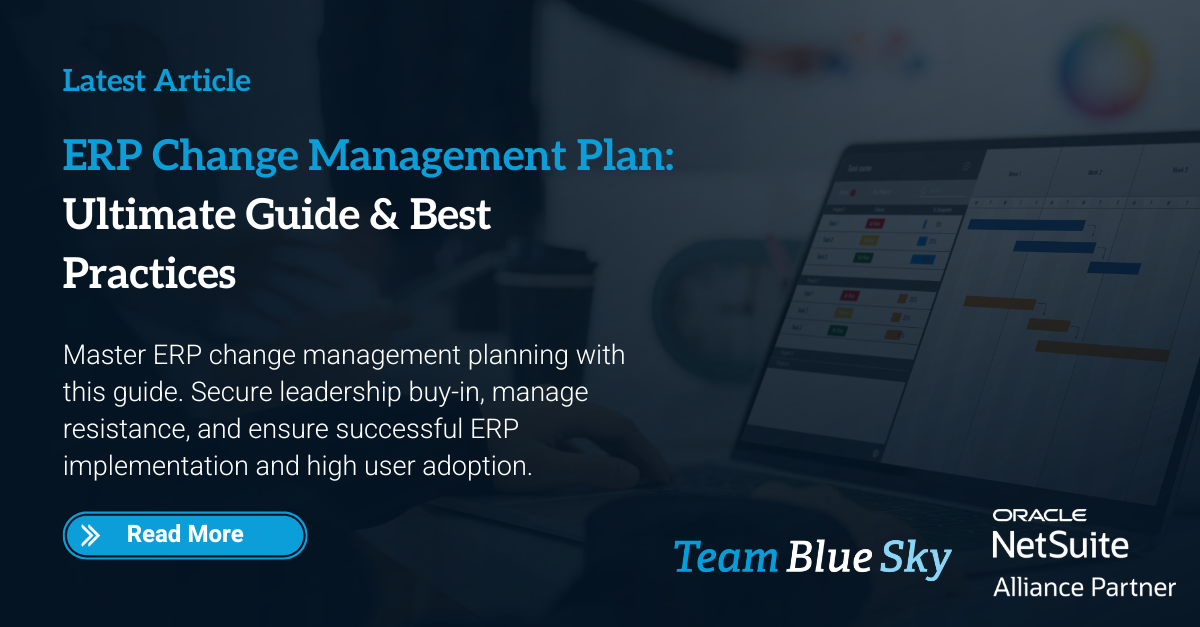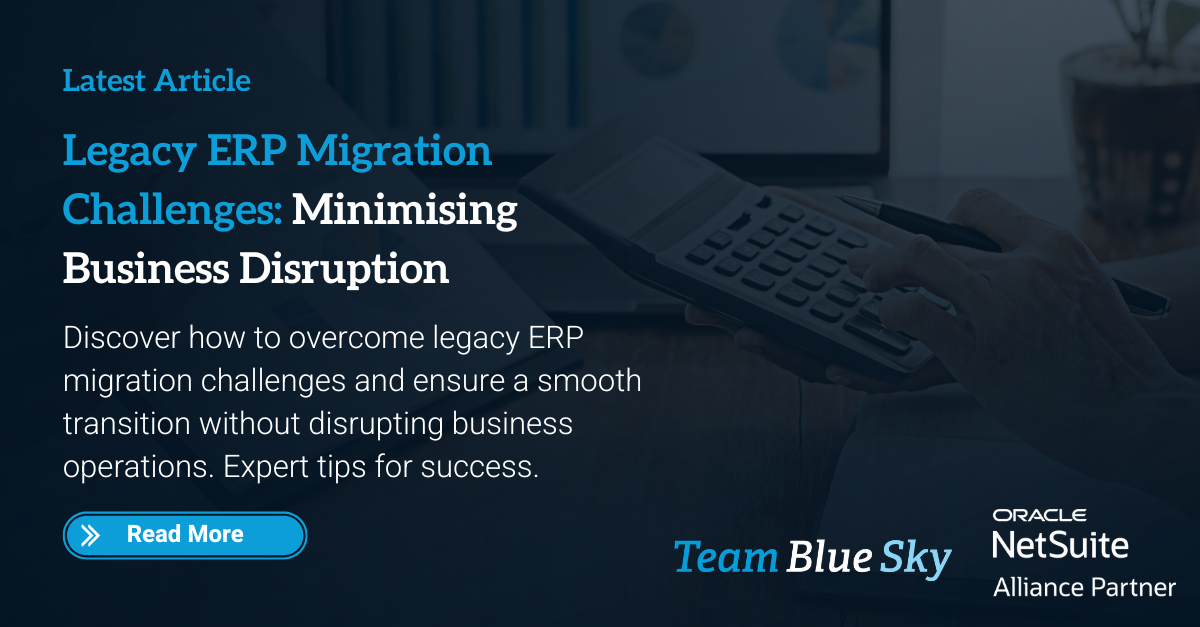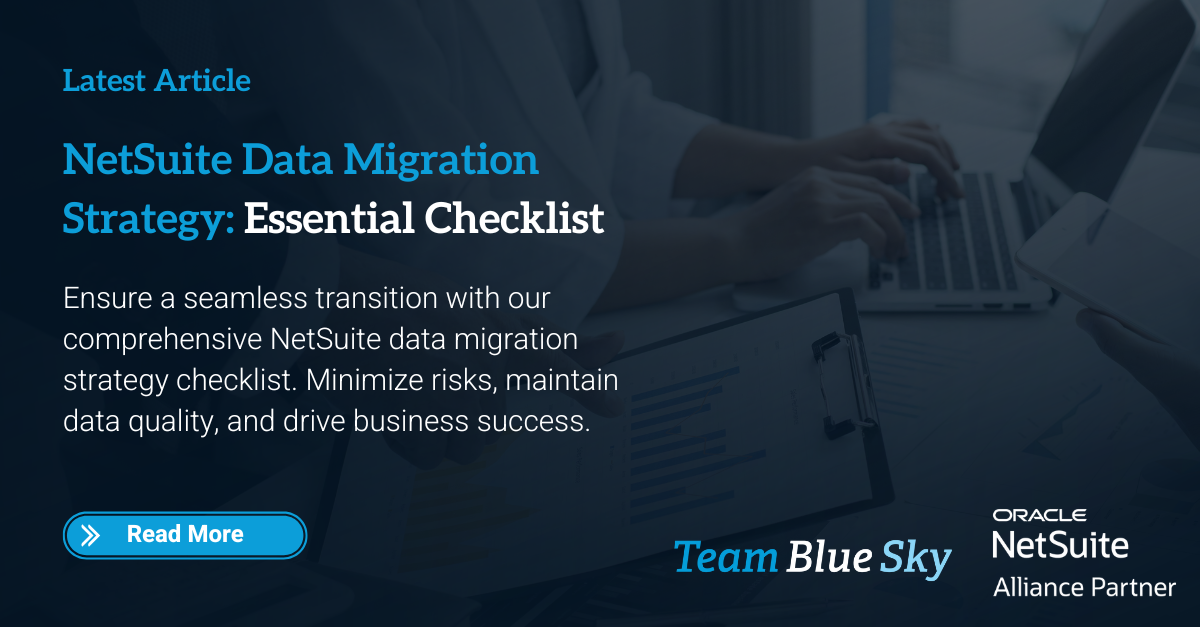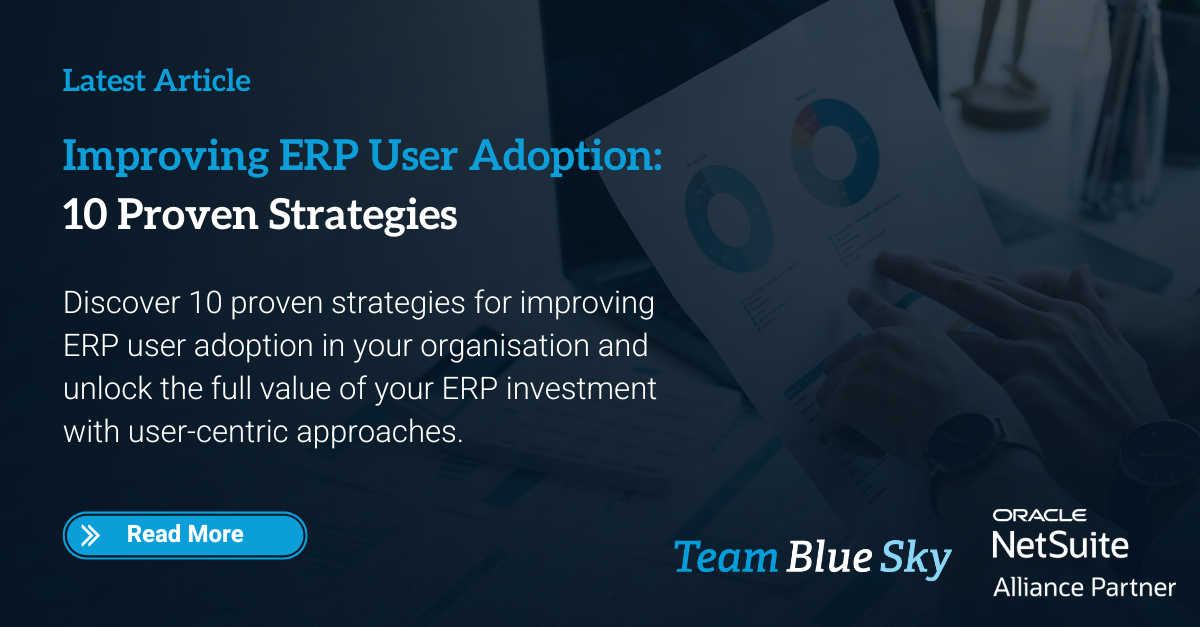Payment Times Reporting Scheme: What You Need to Know to be Compliant
The Payment Times Reporting Scheme (PTRS) is a mandatory scheme that applies to businesses in Australia with an annual turnover of more than $100 million. The PTRS requires these businesses to report their payment times data to the Australian Government.
This data is intended to be used to create a national picture of payment time averages, and identify any areas where improvements can be made. PTRS came into effect on 1 January 2021, and all businesses with an annual turnover of more than $100 million are required to comply. Businesses that don’t comply may face fines or other penalties of up to 0.2% of annual turnover, up to $1 million.
What is the purpose of the Payment Times Reporting Scheme?
The Payment Times Reporting Scheme is designed to improve payment times and practices in Australia. Businesses are required to report key data on payments and timings of payments made to any business with a turnover under $10 million. This represents around 3.5 businesses in Australia that contribute around $418 million to our economy, around 32% of the gross domestic product. These smaller businesses also employ around 4.7 million Australian workers, which represents around 40% of the active workforce.
The scheme has been designed to help improve cash flow and payment times for smaller businesses, helping them bounce back quicker from the many pressures the sector has faced over the past 3 years including fires, floods and Covid-19.
The scheme will do this by:
- Providing a national picture of average payment times through the reporting of data
- Encouraging businesses to review and improve their payment times and practices
- Facilitating the sharing of information about prompt payment practices between businesses
Who is the Payment Times Reporting Regulator?
The Payment Times Reporting Regulator (PTRR) administers the Payment Times Reporting Scheme. The PTRR is an independent body that reports to the Minister for Small and Family Business, the Workplace and Deregulation.
Their core functions are to receive payment times reports from large businesses every 6 months and publish those reports. These functions are designed to encourage improved large business times by:
- providing transparency on payment terms and performance
- enabling small business suppliers to assess large businesses' performance before agreeing to supply goods or services
However, it is not their role to mandate or enforce payment terms and times by large businesses.
They do have a range of powers to ensure compliance by reporting entities, including powers to:
- publish details of non-compliance
- undertake an investigation or compliance audit
- issue an infringement notice
- pursue civil penalties.
In addition to their core functions, they must also assist large businesses in identifying small business suppliers as per the definition of the scheme.
The Regulator publishes an annual report on the operation of the Payment Times Reporting Act 2020. This is part of the Treasury's annual report.
What businesses are required to comply with the Payment Times Reporting Scheme?
The Payment Times Reporting Scheme applies to businesses in Australia with an annual turnover of more than $100 million. This includes all businesses that are part of a group with a total annual turnover of more than $100 million, regardless of whether the individual business’s turnover is less than $100 million.
The Payment Times Reporting Scheme does not apply to businesses with an annual turnover of less than $100 million, including not-for-profit organisations and charities.
What data is required to be reported under the Payment Times Reporting Scheme?
Businesses that are required to comply with the Payment Times Reporting Scheme must report data on the:
Company Data
- Company Name
- Controlling/Parent Entity
- Company Number and ABN
- Primary Industry of Operation
- Details of the Person Submitting the Data
- Declaration of Accuracy from at least one Board Member, Director or Senior Office Holder
Transactional Data
- Shortest and Longest standard payment timeline from invoice receipt to payment remittance to small business suppliers
- Total number of payments made to businesses with a turnover of less than $10 million
- Number of payments made within 20 days
- Number of payments made between 21-30 days
- Number of payments made between 31-60 days
- Number of payments made between 61-90 days
- Number of payments made between 91-120 days
- Number of late payments (made after 120 days)
How Frequently Do Payment Time Reports Need to be Submitted?
Payment Times Reports need to be submitted every 6 months, with the next report due on January 1st, 2023, assuming you have already submitted for previous financial periods. Businesses will have 28 days to submit their report from the end of the reporting period to provide the Australian government with all required information, otherwise, they risk facing fines and penalties.
Are Your Systems Ready To Comply With the Payment Times Reporting Scheme?
Having the right systems in place to be able to accurately report on your data is critical to being able to comply with changes in legislation such as the PTRS.
If you’re not sure whether your current accounting software is up to the task, contact us today, and we can help assess your needs and recommend a solution that will help you comply with the Payment Times Reporting Scheme and any other changes in legislation.
At TeamBlueSky, we have helped many businesses to upgrade their legacy accounting and ERP applications to modern cloud-based technology, increasing their ability to get access to information in real-time, and easily create custom reports to satisfy the increasing transparency demands of businesses operating in Australia.
About TeamBlueSky and NetSuite
TeamBlueSky is a leading provider of NetSuite solutions in Australia and has been helping businesses to benefit from the power of cloud-based technology since 2018.
NetSuite is the world’s number 1 cloud ERP system and provides businesses with a complete suite of integrated applications that they can use to run their entire business in the cloud. This includes applications for financials, CRM, eCommerce, inventory and order management, and much more.
If you’d like to find out more about how TeamBlueSky and NetSuite can help your business to easily comply with the Payment Times Reporting Scheme, contact us today.

Henry Sack
General Manager

With over 12 years of experience as a NetSuite implementation consultant, Henry Sack leads TeamBlueSky’s team of NetSuite and accounting experts in his role of General Manager.
TeamBlueSky is a leading Australian
NetSuite Alliance Partner whose mission is to provide critical
NetSuite BPO and
Payroll services to NetSuite clients who are wanting to simplify their
back office processes and partner with a leading
NetSuite administration expert.
TeamBlueSky have also partnered with global Suite Developer Network partners to offer local solutioning, implementation and support services for global NetSuite SuiteApps.


